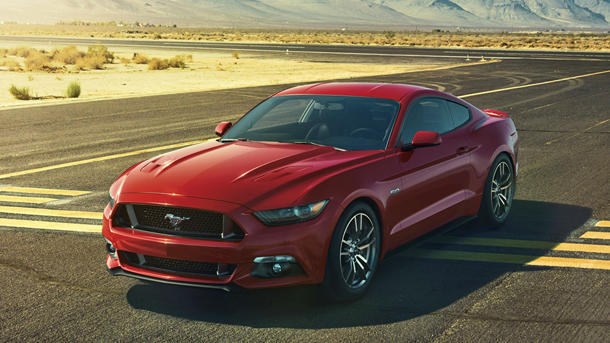Nissan adds civilization to its rocket science.
How does the saying go? Another year, another GT-R update? Nissan has tweaked its formidable twin-turbocharged, all-wheel-drive street monsterpretty much every year since the car was introduced for 2009. This year is no different, and hot on the heels of the upgraded 2014 GT-R comes the 2015 iteration, which makes its debut at the 2013 Tokyo auto show. There are no power upgrades, as there have been in the past, but Nissan has put some effort toward making the GT-R more livable day-to-day.
In the past, Nissan’s GT-R has drawn flak from some top-drawer hot shoes for being too robotic, its computers a bit too eager in anticipating and even pre-empting driver inputs at sub-light-speeds. But that lament is relevant only to the very few capable of taking this car to its absolute (and very high) limits. Most of us operate well below the threshold of absolutes, particularly in daily driving. And from that point of view there has been persistent murmuring about the GT-R’s rather unforgiving suspension tuning. It’s great on a smooth road circuit, but it also is often punishing on public paving subjected to weather and neglect, where stiff springs and granitic bushings communicate every surface irregularity thicker than a dime directly to the occupants’ buttocks. Mix in the GT-R’s mechanical cacophony of engine and driveline sounds, and the Nissan can give the impression that it doesn’t deserve the “GT” portion of its name.
Think Dr. Scholl’s Inserts—For Your GT-R
The 2015 GT-R addresses those unfavorable murmurs with revised valving in the electronically controlled shocks, updated spring rates, tweaked bushings, and a new rear anti-roll bar. It all adds up to what Nissan claims is a little more suspension compliance. Of course, more compliance doesn’t necessarily mean diminished cornering. On patchwork-quilt pavement ultra-stiff suspension tuning can cause the tires to lose contact with the road, an unsettling phenomenon when transitions are coming fast on a winding road.
Nissan might have gone for a softer suspension tune, but it isn’t going totally soft on the GT-R; there’s a new tire package consisting of 20-inch Dunlop SP Sport Maxx GT tires measuring 255/40 up front and 265/35 at the rear that have stiffer sidewalls than before. This reduces flex during hard cornering, and overall, the company says the tire and suspension changes add up to a “more sophisticated ride and better road holding.” And let’s not forget the other Godzilla in the room, the 2015 GT-R NISMO, whose ridiculous performance allows for the civilizing of the base model without sacrificing the car’s hard-core image.
Back on the regular model, engineering adjustments also extend to the brake system, which has been recalibrated for more linear response in everyday driving, and the steering, which is retuned for reduced effort at low speeds.
Cosmetic updates are modest, the most visible being a new headlight package with high-intensity LEDs, augmented by smaller LED accents. The headlights are adaptive, adjusting for angle during cornering, and also for speed, throwing light farther down the road as the GT-R’s forward progress intensifies. Otherwise, there’s a new option package consisting of a carbon-fiber rear wing and decklid, and Nissan has added a new color dubbed “Gold Flake Red Pearl.” This color, as you’d expect, does not occur in nature, and Nissan’s description for the hue makes it sound like red paint mixed with Goldslick vodka. The paint won’t get you drunk, but it sounds like it dazzles in sunlight. Inside, there are only minor trim changes.
The more civilized GT-R goes on sale in Japan December 2, but won’t arrive in the U.S. until early next year. Although we’ll hold off on final judgment until we drive one, it would seem Nissan’s fiddling has produced a better GT-R. With a more compliant suspension, real-world back-road drivability should improve, and who can argue with increased comfort without a major sacrifice in performance? After all, most of its previous year-to-year tweaks have successfully addressed shortcomings. For those who want to have their 545-hp supercar cake and drive it every day, this is good news. View Photo Gallery




